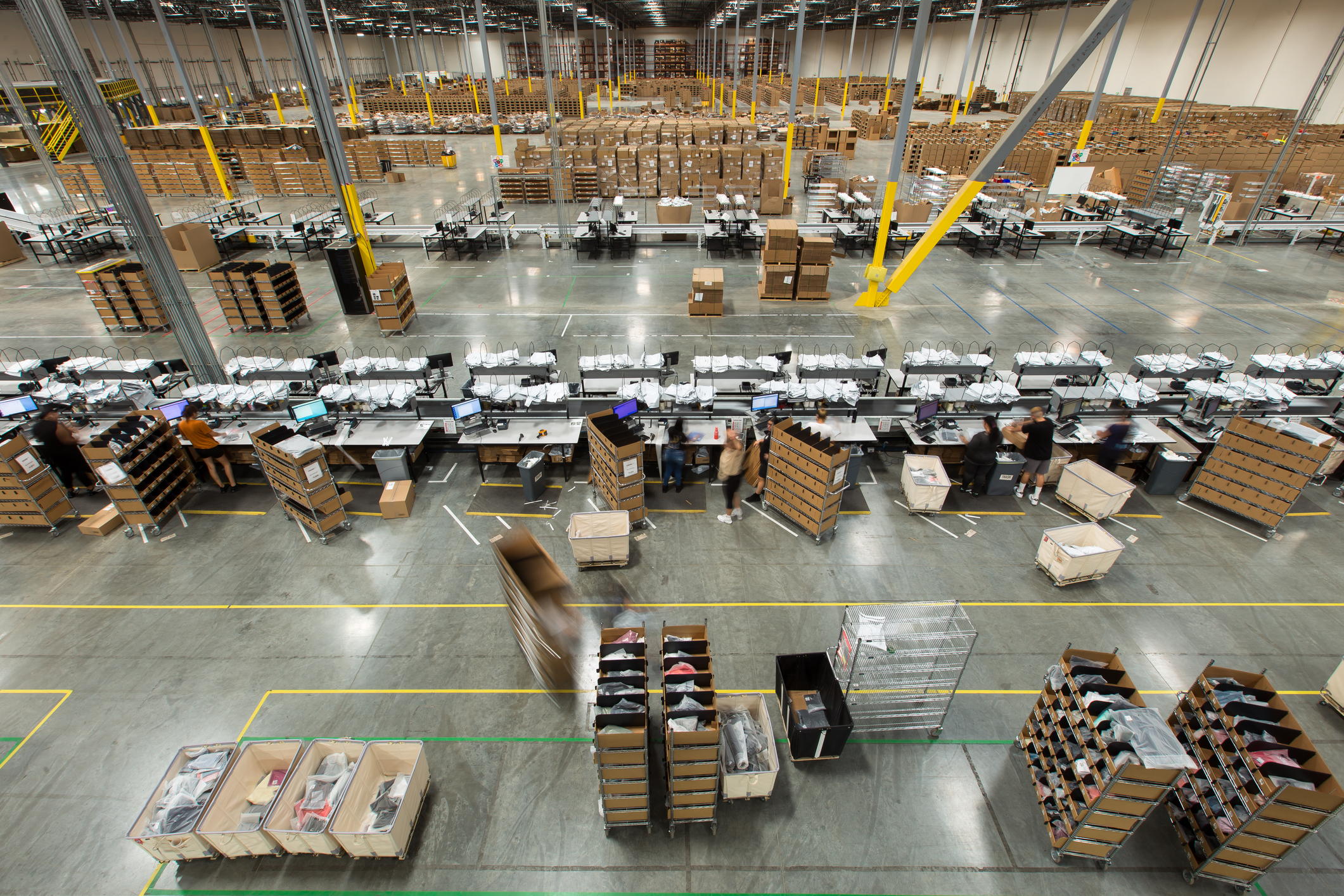October 2022 South Carolina Employment Situation: Workforce Hits Another Record Low
The beat goes on for the Palmetto State’s worsening jobs economy …
South Carolina’s status quo governor Henry McMaster won reelection earlier this month because the
